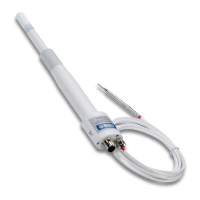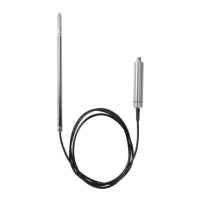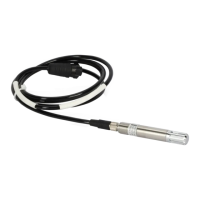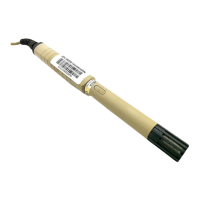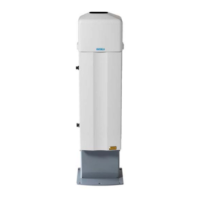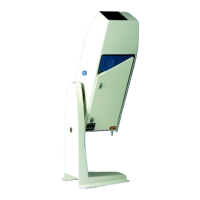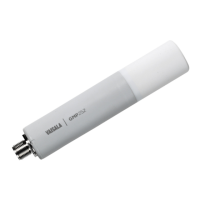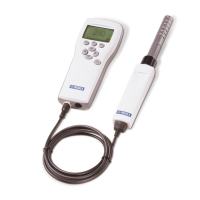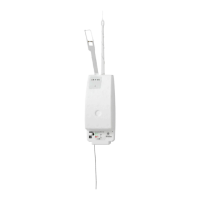Function code Function code (hexadecimal) Name
43 / 14 2B
hex
/ 0E
hex
Read Device Identification
A.3 Data encoding
In the data registers, the numeric values are available in one or two formats with separate
register addresses: 32-bit IEEE floating point format and/or 16-bit signed integer format.
For values that have both 32-bit and 16-bit register available, use of the 32-bit
register is recommended.
A.3.1 32-bit floating point or 32-bit integer format
Registers using 32-bit float data format are encoded using the binary32 encoding defined in
IEEE 754. The format is also known as "single-precision floating point format".
The least significant 16 bits of a floating point number are placed at the Modbus register listed
in the table, while the most significant 16 bits are placed in the register with number/
address + 1, as specified in Open Modbus TCP Specification, Release 1.0. This is also known as
"little-endian" or "Modicon" word order.
Despite the specification, some Modbus masters may expect a "big-endian" word order (most
significant word first). In such case, you must select "word-swapped" floating point format in
your Modbus master for the Modbus registers of the device.
A complete 32-bit floating point or 32-bit integer value should be read and written in a single
Modbus transaction.
Reading the measurement data registers with incorrect floating
point format setting may occasionally result in correct-looking, but nevertheless
incorrect values.
CAUTION!
It is highly recommended to verify that you have configured the floating point
format correctly on your Modbus host system by reading a floating point value
from a test value register.
More information
‣
Test value registers (page 90)
A.3.2 16-bit integer format
Some 16-bit integer values in the data registers are scaled to include the necessary decimals.
The scaling factors for those values are shown in the register tables.
HMP60 and HMP110 Series User Guide M211060EN-J
86
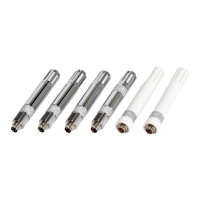
